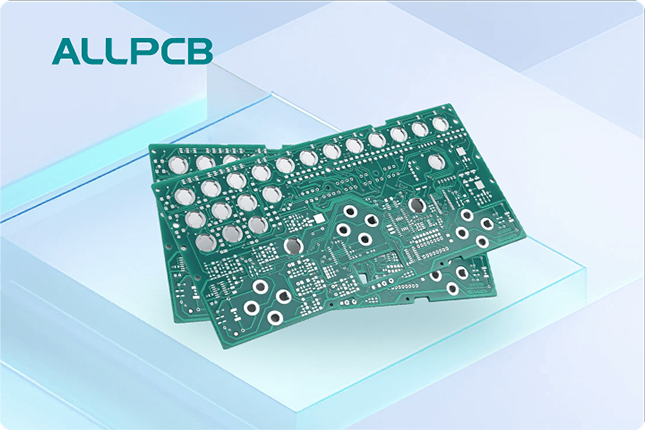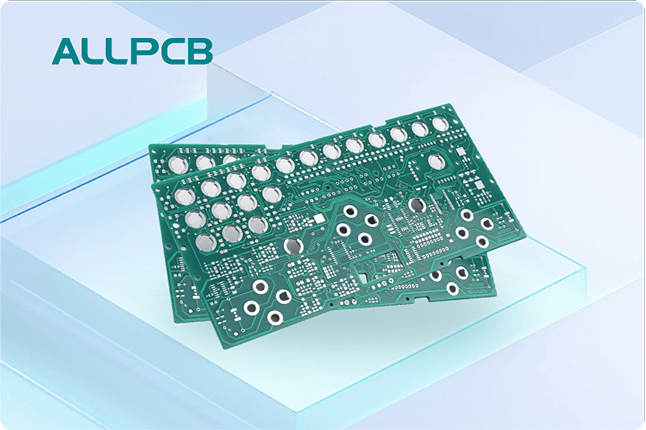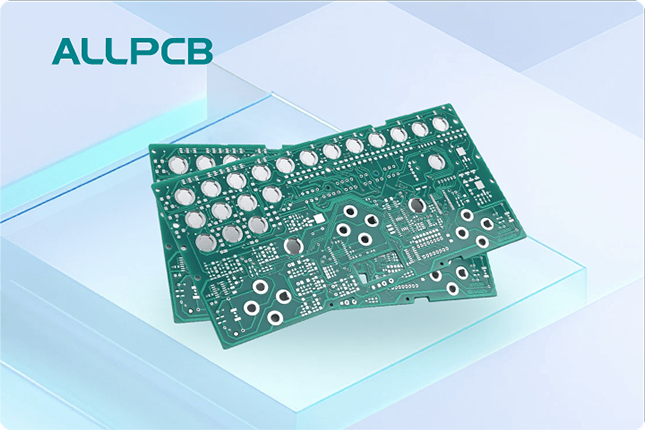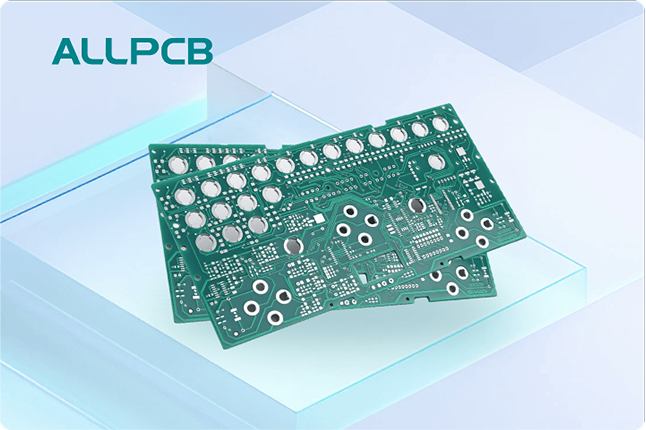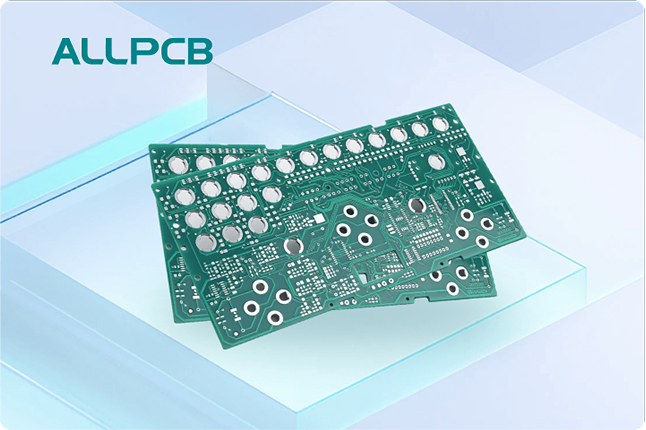If you're looking for a reliable solution for Surface Mount Device (SMD) work, multi-purpose work solder paste paired with a hot air soldering rework station or oven is a game-changer. This combination offers precision, versatility, and ease of use for both hobbyists and professionals working on intricate electronic projects. In this comprehensive guide, we'll dive deep into what makes solder paste and hot air tools essential for SMD tasks, how to choose the right equipment, and tips to ensure successful results every time.
What Is Multi-Purpose Work Solder Paste and Why Is It Essential for SMD Work?
Solder paste is a mixture of tiny solder particles suspended in flux, a chemical agent that cleans metal surfaces and promotes adhesion during soldering. Unlike traditional soldering wire, solder paste is designed for precision work, especially with SMD components that are too small for manual soldering with an iron. Its multi-purpose nature means it can be used for various applications, from assembling new circuit boards to repairing existing ones.
For SMD work, solder paste is crucial because it allows for accurate placement on tiny pads before heat is applied. When used with a hot air soldering rework station or an oven, the paste melts uniformly, creating strong electrical connections without the risk of damaging delicate components. This method is far more efficient than traditional soldering, especially for projects involving multiple components with fine pitch spacing, such as 0.5mm or less.
Understanding Hot Air Soldering Rework Stations for SMD Work
A hot air soldering rework station is a specialized tool that uses a stream of heated air to melt solder paste or remove components from a printed circuit board (PCB). These stations are ideal for SMD work because they provide controlled heat without direct contact, reducing the risk of thermal shock to sensitive components like microcontrollers or capacitors.
Most rework stations come with adjustable temperature settings (typically ranging from 100°C to 500°C) and airflow controls to suit different tasks. For example, a lower temperature of around 300°C with moderate airflow is often used for soldering small SMD components like 0805 resistors, while higher temperatures may be needed for desoldering larger chips with multiple pins.
The versatility of a hot air rework station makes it a must-have for multi-purpose work. Beyond soldering, it can be used for tasks like shrinking heat-shrink tubing or even bending certain plastics with the right settings. This adaptability ensures you get more value from a single tool in your workshop.
Why Choose a Reflow Oven for SMD Soldering?
While a hot air rework station is excellent for small-scale or repair work, a reflow oven offers unmatched efficiency for batch production or assembling multiple boards at once. A reflow oven heats the entire PCB uniformly, melting the solder paste on all components simultaneously according to a predefined temperature profile. This process ensures consistent results, especially for complex boards with hundreds of components.
Reflow ovens are designed to follow specific heating stages: preheat (to activate the flux), soak (to stabilize temperatures), reflow (to melt the solder), and cooling. For instance, a typical profile might involve preheating to 150°C over 60 seconds, soaking at 180°C for 90 seconds, and peaking at 240°C for 20 seconds to melt lead-free solder paste. This precision minimizes defects like tombstoning, where components lift off one end due to uneven heating.
For those comfortable with SMD work, a reflow oven can be a significant upgrade, especially if you're producing small runs of 10 or more boards. However, it requires careful preparation, such as securing components with tape if there's a risk of movement during heating.
Comparing Hot Air Rework Stations and Reflow Ovens for SMD Work
Choosing between a hot air rework station and a reflow oven depends on your specific needs, budget, and comfort level. Let's break down the key differences to help you decide which tool suits your multi-purpose work with solder paste.
- Scale of Work: Hot air stations are best for small projects or repairs, allowing you to focus heat on specific areas. Reflow ovens excel in batch production, heating entire boards uniformly for consistent results.
- Control and Precision: With a hot air station, you have real-time control over where the heat is applied, making it easier to adjust if a component shifts. In contrast, ovens rely on pre-programmed profiles, and you can't intervene during the process.
- Cost: Entry-level hot air rework stations can start at around $50 to $100, while even basic reflow ovens often cost $200 or more. If budget is a concern, starting with a rework station might be the better choice.
- Learning Curve: Hot air stations are generally easier for beginners to use since you can see and adjust the process. Ovens require understanding temperature profiles and may take some trial and error to master.
Ultimately, many professionals keep both tools in their arsenal, using a hot air station for quick fixes and an oven for larger projects. If you're just starting with SMD work, a hot air rework station paired with quality solder paste offers a comfortable and versatile entry point.
How to Use Multi-Purpose Solder Paste with Hot Air Tools or Ovens
Whether you're using a hot air rework station or a reflow oven, the process of applying multi-purpose solder paste for SMD work follows similar steps. Here's a detailed guide to ensure success.
Step 1: Prepare Your Workspace and Materials
Start by gathering all necessary tools: solder paste, a PCB, SMD components, a stencil (optional for precision), tweezers, and your hot air station or oven. Work on a heat-resistant surface to avoid damage from accidental heat exposure. Ensure good ventilation, as flux fumes can be irritating.
Step 2: Apply Solder Paste
Use a syringe or stencil to apply solder paste to the PCB pads. If using a stencil, align it over the board and spread the paste with a squeegee to ensure even coverage. For manual application, aim for small, consistent dots—about 0.5mm in diameter for tiny pads—to avoid excess paste that could cause bridging (unwanted connections between pads).
Step 3: Place Components
Using tweezers, carefully place the SMD components onto the pads with solder paste. Ensure proper alignment, especially for fine-pitch components like QFN packages with 0.4mm spacing. If you're using an oven, consider securing components with heat-resistant tape to prevent movement during heating.
Step 4: Heat with a Hot Air Station or Oven
For a hot air station, set the temperature to around 300°C for lead-free solder paste and adjust the airflow to a moderate level. Hold the nozzle about 1-2 inches above the component and move it in a circular motion to heat evenly. You'll see the paste melt and form shiny joints within 10-20 seconds. Avoid overheating, as prolonged exposure above 350°C can damage components.
For a reflow oven, load the PCB and select a temperature profile suited to your solder paste type (leaded or lead-free). Follow the manufacturer's recommended curve, typically peaking at 220°C for leaded solder or 245°C for lead-free, with a total cycle time of 3-5 minutes.
Step 5: Cool and Inspect
Allow the board to cool naturally after soldering. Rapid cooling can cause thermal stress and weaken joints. Once cool, inspect the joints under a magnifying glass or microscope for defects like insufficient solder or bridging. Clean any flux residue with isopropyl alcohol and a brush for a professional finish.
Tips for Choosing the Right Solder Paste and Equipment
Not all solder pastes and tools are created equal. Here are some factors to consider when selecting products for multi-purpose SMD work.
- Solder Paste Type: Choose between leaded and lead-free paste based on your project requirements. Leaded paste (e.g., 63/37 tin-lead) melts at a lower temperature (around 183°C), making it easier to work with, while lead-free options (e.g., SAC305) require higher heat (around 217°C) but comply with environmental regulations.
- Particle Size: Solder paste comes in different particle sizes, labeled as Type 3, 4, or 5. For fine-pitch SMD work with pad spacing below 0.65mm, opt for Type 4 or 5 for better precision.
- Equipment Features: Look for a hot air station with digital temperature control and interchangeable nozzles for different component sizes. For ovens, prioritize models with programmable profiles and even heat distribution.
- Storage: Solder paste must be stored in a refrigerator (2-10°C) to maintain its shelf life, typically 6-12 months. Always check the expiration date before use, as expired paste can lead to poor soldering results.
Common Challenges and How to Overcome Them
SMD soldering with solder paste and hot air tools can present challenges, especially for beginners. Here are some common issues and solutions.
- Component Shifting: Components may move during heating due to airflow or uneven paste application. Use less airflow on a hot air station or secure parts with tape in an oven.
- Solder Bridging: Excess paste can create unwanted connections between pads. Apply smaller amounts of paste and use a stencil for precision.
- Insufficient Solder Joints: If joints appear dull or weak, the heat may have been insufficient. Ensure your tool reaches the correct temperature (e.g., 240°C for lead-free paste) and apply heat evenly.
- Thermal Damage: Overheating can damage components or lift PCB pads. Monitor heating time closely, keeping it under 30 seconds per area with a hot air station, and follow recommended profiles in an oven.
Why Multi-Purpose Tools and Solder Paste Are the Future of SMD Work
As electronics continue to shrink in size, the demand for precise, multi-purpose soldering solutions grows. Solder paste, combined with hot air rework stations or reflow ovens, offers unmatched flexibility for working on modern PCBs with tiny components. Whether you're a hobbyist assembling a prototype or a professional handling batch production, these tools allow you to achieve reliable results with minimal effort.
Investing in quality solder paste and equipment not only improves your workflow but also reduces the risk of costly errors. With the right setup, you can confidently tackle any SMD project, from simple repairs to complex assemblies, knowing you have tools you feel comfortable using.
Conclusion
Multi-purpose work solder paste, paired with a hot air soldering rework station or oven, is an essential combination for anyone involved in SMD work. These tools provide the precision and versatility needed to handle delicate components and ensure strong, reliable connections. By understanding how to use them effectively and choosing the right products for your needs, you can elevate the quality of your electronic projects.
At ALLPCB, we're committed to supporting your journey in electronics manufacturing with resources and insights to help you succeed. Whether you're just starting or looking to refine your skills, mastering solder paste and hot air tools will open up new possibilities in your work. Keep experimenting, stay patient, and watch your soldering skills grow with every project.
 ALLPCB
ALLPCB


